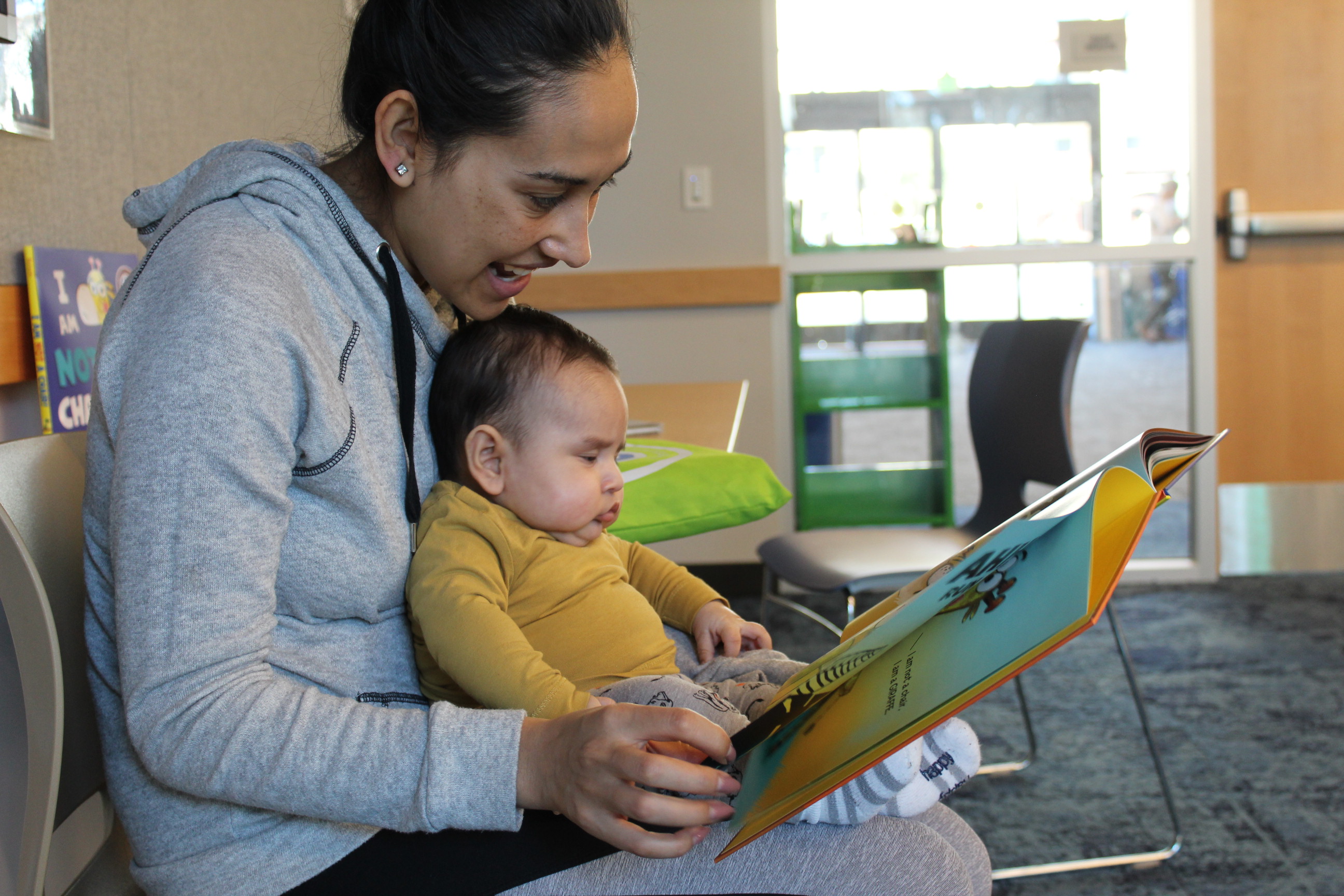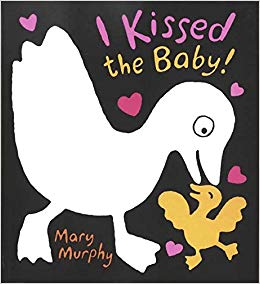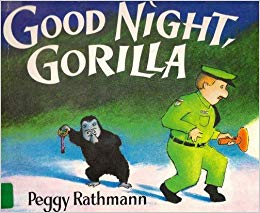Reading Books to Babies

Reading Books with Babies
There are very few activities that I enjoy sharing with my children more than I love reading with them. Sharing books with my two little sons is what I look forward to every night. It’s fun, and peaceful, and safe, and really good for their development. Despite all the expert advice we hear that tells us that reading with babies is beneficial, many parents still often confide that they have difficulty sharing books with their infant children.
Maybe they feel awkward reading to a person, that for all intents and purposes doesn’t know what’s going on. Maybe they don’t get the response they expect. Maybe they feel discouraged when the baby shows more interest in other things. Maybe, though, they just haven’t found just the right book. The following three books are ones that I have read over and over with my children when they were babies. They are fun, bright, and make reading with a tiny baby extremely rewarding.
Kitten’s First Full Moon by Kevin Henkes
To me it is no surprise that Kitten’s First Full Moon won the prestigious Caldecott Medal in 2005. Before you even get to the title page of the book, it is clear that the illustrations in the book are going to be enticing to a very young child. The black, white, and grayscale illustrations offer the perfect amount of contrast for infants to see, while Kitten’s determination, her wildly expressive looks, and the allure of the moon make the pictures in this book very intriguing for babies. The rhythm of the text and the use of a refrain make it fun for babies to listen to this tender story. Not only that, but Henkes devotes full-page spreads to bold text, helping to develop your baby’s burgeoning print awareness.
Tandem Pro Tip: Make and keep a lot of eye contact with your baby while you read this book, and exaggerate your facial expressions. It’s easier for your baby to stay focused on you than it is for a baby to focus on a book. Seeing the expressions on your face will help your baby make meaning. Eventually the baby will want to see what all the fuss is about and will begin looking at the book with you in joint attention.
I Kissed the Baby! by Mary Murphy
I love Mary Murphy’s books for babies! My favorite is I Kissed the Baby! The illustrations and text are simple, but oh, so much fun. Both of my children have squealed in delight while I tickle them, and kiss them, and sing to them. And now my older son, who doesn’t actually read yet, loves to recite this book to his little brother as he has memorized the text, and the enthusiasm that I used when I read it to him.
Tandem Pro Tip: When your baby is in the mood to play, read a fun, interactive book like this! Involve as many of their senses as you can by touching your baby and kissing your baby and playing with your baby. Remember, the book is just a prop. Think of it as a toy for playing with your child. Soon, your baby will understand that books are fun and they will want to read more.
Good Night, Gorilla by Peggy Rathmann
I always loved reading Good Night, Gorilla with my babies. It’s funny, introduces some advanced concepts and has a wonderful surprise twist.
Reading a wordless, or nearly wordless, book can be daunting. What do you say? How do you know how to tell a story that has no words? Wordless books rely on their illustrations to tell a story, so that’s exactly what I do when I am reading a wordless book with my kids. I rely on the pictures to tell the story. But it’s not enough just to look at the pictures quietly. As the parent, it’s up to me to do a lot of talking because my baby doesn’t speak yet. When I talk to him, I’m teaching him the words I use, the names of animal, and the names of feelings. It’s important to be very expressive when I read to him so he can learn meaning. If he’s anything like his big brother, then he’ll soon start mimicking my expressions even before he learns to talk.
Tandem Pro Tip: When reading a wordless book, describe the pictures you see. Count objects, show your child things that they are familiar with, and point out things that might be new. Even though the characters don’t actually talk in wordless books, you can still make up your own dialogue. What do you think the characters might be thinking or saying? Once you think of an answer, tell it to your kids. Ex. “I think that little gorilla wants us to be quiet so the guard won’t know that he snuck out of his cage. See how he’s holding his finger to his lips? That means ‘Shhh’.”

Laura Rodriguez
Bay Area native Laura is excited to spread the love of books. Outside of work, she’s kept busy by her two young sons. When she gets a chance, she loves to spend time in the great outdoors.




